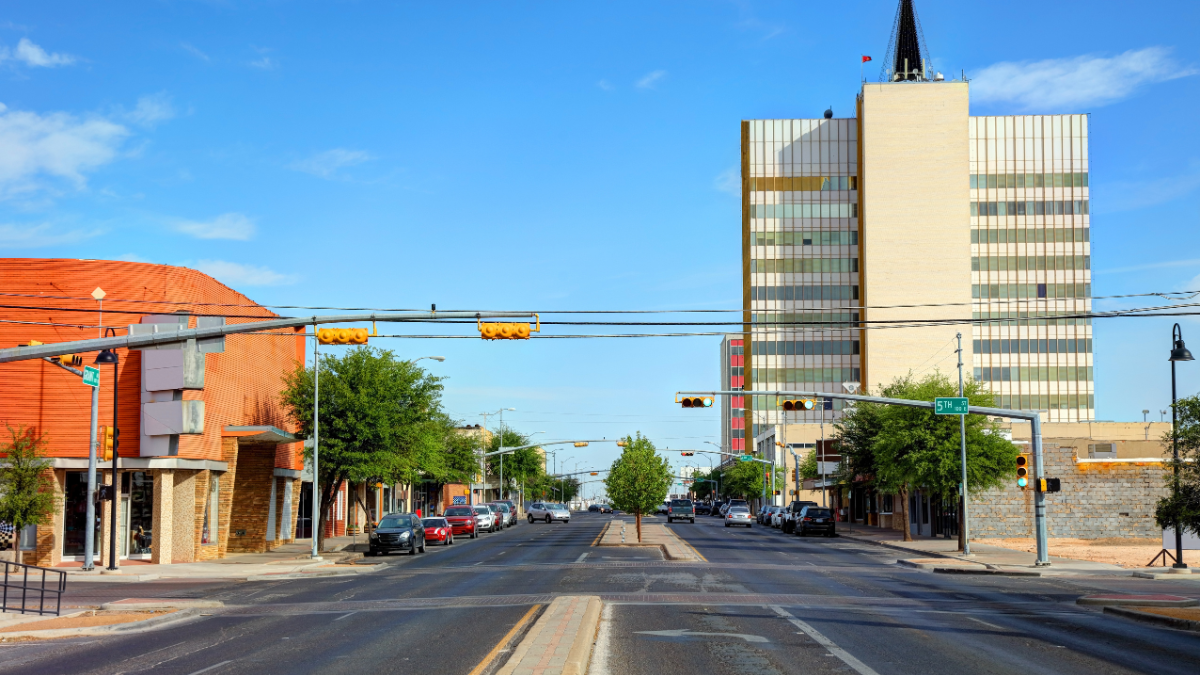Odessa’s economy revolves around oil production, and this industrial focus creates unique traffic patterns and accident risks that set the city apart from other Texas communities. The constant movement of heavy trucks, equipment, and workers creates road conditions unlike those found in typical cities.
Understanding how Odessa’s crash statistics compare to statewide trends reveals important patterns about local risk factors and safety challenges. The data shows that oilfield activity doesn’t just affect the economy but fundamentally changes how and why accidents occur.
Comparing local crash trends to state averages helps identify what makes Odessa roads more dangerous and what factors contribute to higher accident rates. This analysis provides insights that can inform both policy decisions and individual driving choices in the Permian Basin.
Odessa Crash Numbers in Context
Odessa consistently shows higher per capita accident rates than the Texas average, with fatality rates that exceed state numbers by significant margins. The difference becomes even more pronounced when looking at serious injury crashes involving commercial vehicles and rural highways.
The rural versus urban crash split in Odessa differs dramatically from most Texas cities because much of the area’s traffic occurs on rural roads connecting oilfield sites. These rural crashes often involve higher speeds and more severe outcomes than typical urban accidents.
Population fluctuations from transient workers make accurate per capita comparisons challenging, but even conservative estimates show Odessa accident rates exceeding state averages. The temporary worker population adds complexity to traffic patterns and accident statistics that isn’t captured in standard demographic data.
Unique Local Risk Factors
Oilfield truck traffic creates constant interaction between massive commercial vehicles and regular passenger cars on roads that weren’t designed for such heavy industrial use. These size and weight differences lead to more severe accidents when collisions occur.
Long commutes to remote oilfield locations often involve driving on rural highways during early morning or late evening hours when visibility is poor and driver fatigue is high. The combination of distance, timing, and worker fatigue creates perfect conditions for serious accidents.
The transient nature of much of the workforce means many drivers aren’t familiar with local roads, weather conditions, or traffic patterns. Out-of-state workers learning new routes while dealing with heavy industrial traffic adds another layer of risk to Odessa roads.
How Odessa Differs From State Trends
Rollover accidents occur at much higher rates in Odessa than the state average, largely due to rural highway crashes and the prevalence of pickup trucks and SUVs in the local vehicle fleet. These vehicles have higher centers of gravity that increase rollover risk during high-speed crashes.
Commercial vehicle involvement in fatal crashes exceeds state percentages by substantial margins, reflecting the heavy truck traffic associated with oilfield operations. The constant movement of equipment, materials, and personnel creates more opportunities for truck-involved accidents.
Pedestrian accidents represent a smaller percentage of Odessa crashes compared to urban Texas areas, but this reflects the rural nature of many local roads rather than superior pedestrian safety. The few pedestrian accidents that do occur often involve industrial sites rather than traditional crosswalk situations.
What Can Be Learned
Policy changes targeted specifically to Odessa’s unique challenges could address the industrial traffic patterns that contribute to higher accident rates. This might include dedicated truck routes, improved signage for unfamiliar drivers, and enhanced enforcement during shift changes.
Infrastructure improvements designed around oilfield traffic patterns could reduce conflicts between commercial and passenger vehicles. Separate turning lanes, better lighting, and road widening projects could address some of the geometric factors that contribute to accidents.
Individual drivers can use this trend analysis to modify their behavior based on local risk factors. Understanding that Odessa roads present unique challenges helps residents and workers make smarter decisions about route selection, timing, and defensive driving practices.
Conclusion
Odessa’s crash trends tell a story that’s fundamentally different from other Texas cities, with industrial activity creating unique traffic patterns and safety challenges. The data reveals how economic factors directly influence road safety in ways that standard traffic engineering doesn’t always address.
Comparing local trends to state averages helps identify specific problems that require targeted solutions rather than generic safety measures. Odessa’s unique challenges require unique approaches that address the root causes of higher accident rates.
Understanding these trends empowers both policymakers and individual drivers to make informed decisions that could reduce Odessa’s accident rates. The goal isn’t just to manage the risks but to learn from the data and create safer conditions for everyone using local roads.

